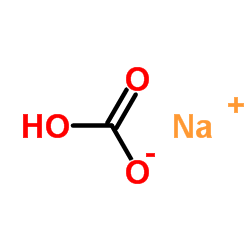| Structure | Name/CAS No. | Articles |
|---|---|---|
 |
Ethanol
CAS:64-17-5 |
|
 |
L-(+)-Lysine monohydrochloride
CAS:657-27-2 |
|
 |
Dimethyl sulfoxide
CAS:67-68-5 |
|
 |
SodiuM bicarbonate
CAS:144-55-8 |
|
 |
2-Pyrrolidinone
CAS:616-45-5 |
|
 |
oleic acid
CAS:112-80-1 |
|
 |
8-Octanoyloxypyrene-1,3,6-trisulfonic acid trisodium salt
CAS:115787-84-3 |